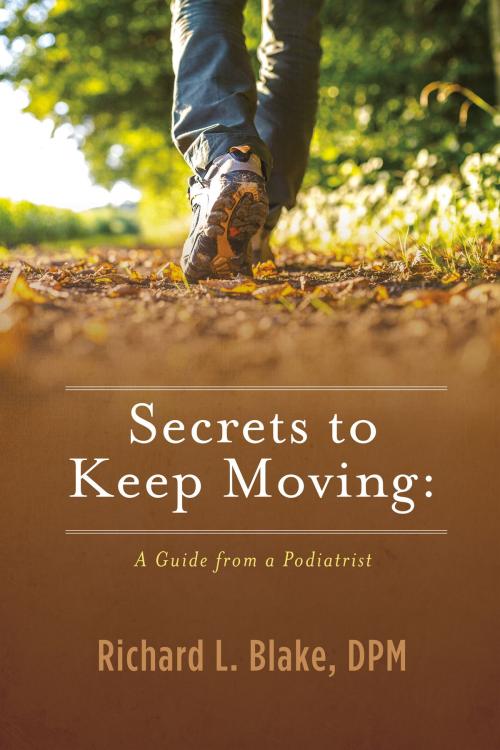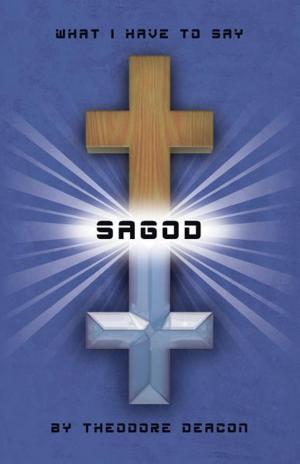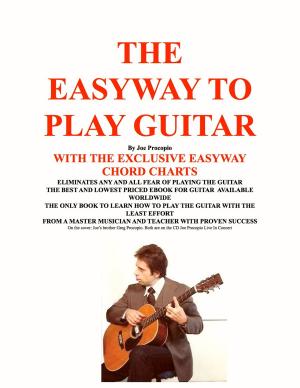Secrets to Keep Moving: A Guide from a Podiatrist
Nonfiction, Health & Well Being, Medical, Specialties, Podiatry| Author: | Dr. Richard Blake | ISBN: | 9781483582283 |
| Publisher: | BookBaby | Publication: | September 24, 2016 |
| Imprint: | BookBaby | Language: | English |
| Author: | Dr. Richard Blake |
| ISBN: | 9781483582283 |
| Publisher: | BookBaby |
| Publication: | September 24, 2016 |
| Imprint: | BookBaby |
| Language: | English |
Richard L Blake, D.P.M. is a practicing podiatrist in San Francisco, California, at the famed Center For Sports Medicine, St. Francis Memorial Hospital. This book is a good mixture of the art and science of that medical practice. The emphasis of the book is on the conservative treatments of injuries of the foot, ankle, and lower leg. Dr Blake emphasizes conservative, and when appropriate, simple approaches to these injuries. He tries hard to establish a healing environment for the patient at the first visit, and then works the patients through all the phases of rehabilitation. This book begins by covering some general topics like what rules not to break, then discusses general rehabilitation principles, general treatments of pain, bio-mechanical approaches to injury, and gait evaluation. He then describes some of the general rules of treatment concerning tendinitis, nerve injuries, and fractures. In the second part of the book, Dr Richard Blake uses many of these general principles and begins to describe top treatments for injuries in the front of the foot, mid part of the foot, heel area, ankle, achilles tendon area, and lower leg not involving the knee or above. Some of the more common injuries described are: Hallux Limitus/Rigidus Bunions Sesamoid Injuries Metatarsalgia Morton's Neuroma Metatarsal Fractures Hammertoes Calluses Blisters Capsulitis or Plantar Plate Tears Gout Toenail Fungus Lisfranc's Sprain Accessory Navicular Ganglion Cysts Plantar Fasciitis Plantar Fascial Tears Calcaneal Stress Fractures Ankle Sprains and Instabilities Posterior or Anterior Tibial Tendinitis Posterior Tibial Tendon Dysfunction Achilles Tendinitis Achilles Ruptures Calf Strain Shin Splints Tennis Leg Compartment Syndromes Tibial or Fibular Stress Fractures Cramps or Deep Vein Thrombosis With 95% of all of the lower extremity pain syndromes and injuries not requiring any form of surgery, a book specializing in a conservative and thoughtful approach to most ailments is very needed. Dr Rich Blake tries to get the patient very involved with their own healing is obvious throughout the book. The emphasis of a conservative approach must require the patient's involvement. This book will help the patient know the subtleties of various treatments like stretching, strengthening, starting to run, looking for a stable shoe, power lacing for stability, which injection to get for a neuroma, why not to use NSAIDs if bone injury is suspected, when support hose are not doing the right job, etc. Through the 35 years that Dr Richard Blake has practiced sports medicine, teaching his patients why certain treatments are used, and what they need to do, is always stressed. His teaching started with patients, but has involved both the national and international worlds of podiatry. He has given over 200 lectures around the world, written 40 plus articles, has a blog and YouTube channel, but his patient's needs and injuries have always come first. He considers his simple approach to most injuries probably boring to some podiatrists, but the patients have truly benefited. The approach that is emphasized in the book is to immediately create a healing environment, gradually get stronger, and gradually return to your previous activities. The book also emphasizes finding the cause or causes of the injury or it may eventually come back. The subtleties of the individual injury can be in the patient's presentation, how they respond to various treatments, and making changes appropriately when the treatment at times stalls.
Richard L Blake, D.P.M. is a practicing podiatrist in San Francisco, California, at the famed Center For Sports Medicine, St. Francis Memorial Hospital. This book is a good mixture of the art and science of that medical practice. The emphasis of the book is on the conservative treatments of injuries of the foot, ankle, and lower leg. Dr Blake emphasizes conservative, and when appropriate, simple approaches to these injuries. He tries hard to establish a healing environment for the patient at the first visit, and then works the patients through all the phases of rehabilitation. This book begins by covering some general topics like what rules not to break, then discusses general rehabilitation principles, general treatments of pain, bio-mechanical approaches to injury, and gait evaluation. He then describes some of the general rules of treatment concerning tendinitis, nerve injuries, and fractures. In the second part of the book, Dr Richard Blake uses many of these general principles and begins to describe top treatments for injuries in the front of the foot, mid part of the foot, heel area, ankle, achilles tendon area, and lower leg not involving the knee or above. Some of the more common injuries described are: Hallux Limitus/Rigidus Bunions Sesamoid Injuries Metatarsalgia Morton's Neuroma Metatarsal Fractures Hammertoes Calluses Blisters Capsulitis or Plantar Plate Tears Gout Toenail Fungus Lisfranc's Sprain Accessory Navicular Ganglion Cysts Plantar Fasciitis Plantar Fascial Tears Calcaneal Stress Fractures Ankle Sprains and Instabilities Posterior or Anterior Tibial Tendinitis Posterior Tibial Tendon Dysfunction Achilles Tendinitis Achilles Ruptures Calf Strain Shin Splints Tennis Leg Compartment Syndromes Tibial or Fibular Stress Fractures Cramps or Deep Vein Thrombosis With 95% of all of the lower extremity pain syndromes and injuries not requiring any form of surgery, a book specializing in a conservative and thoughtful approach to most ailments is very needed. Dr Rich Blake tries to get the patient very involved with their own healing is obvious throughout the book. The emphasis of a conservative approach must require the patient's involvement. This book will help the patient know the subtleties of various treatments like stretching, strengthening, starting to run, looking for a stable shoe, power lacing for stability, which injection to get for a neuroma, why not to use NSAIDs if bone injury is suspected, when support hose are not doing the right job, etc. Through the 35 years that Dr Richard Blake has practiced sports medicine, teaching his patients why certain treatments are used, and what they need to do, is always stressed. His teaching started with patients, but has involved both the national and international worlds of podiatry. He has given over 200 lectures around the world, written 40 plus articles, has a blog and YouTube channel, but his patient's needs and injuries have always come first. He considers his simple approach to most injuries probably boring to some podiatrists, but the patients have truly benefited. The approach that is emphasized in the book is to immediately create a healing environment, gradually get stronger, and gradually return to your previous activities. The book also emphasizes finding the cause or causes of the injury or it may eventually come back. The subtleties of the individual injury can be in the patient's presentation, how they respond to various treatments, and making changes appropriately when the treatment at times stalls.















